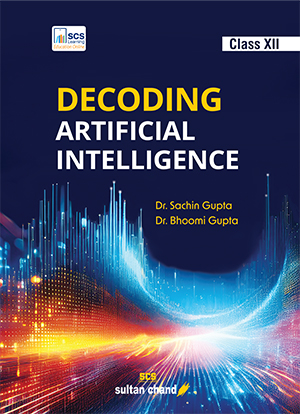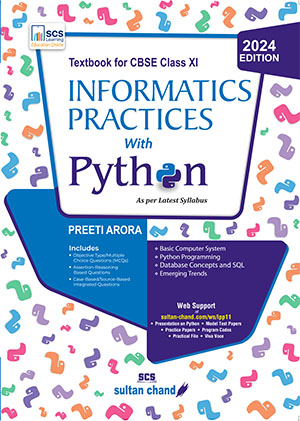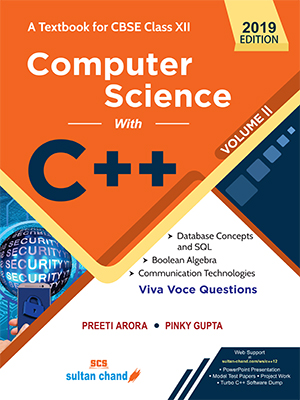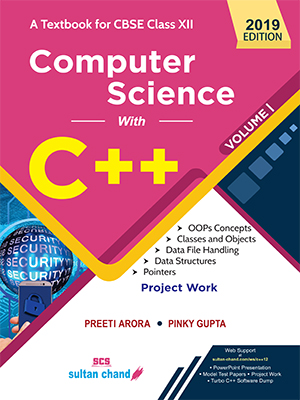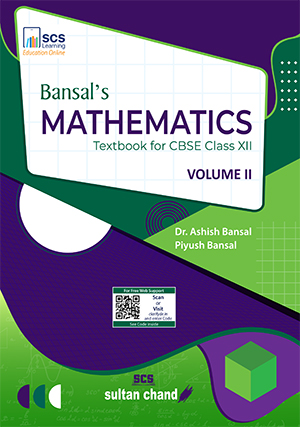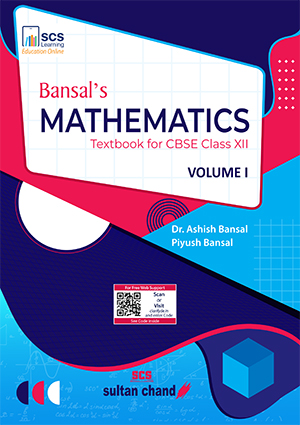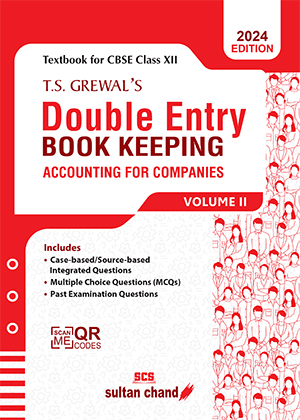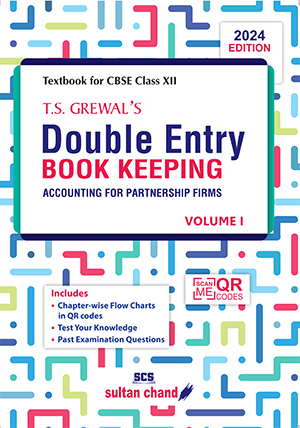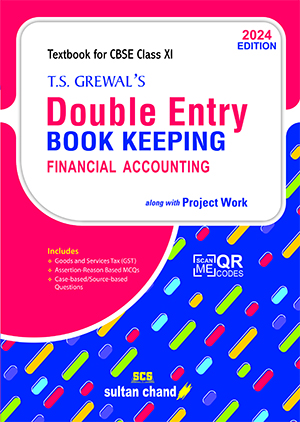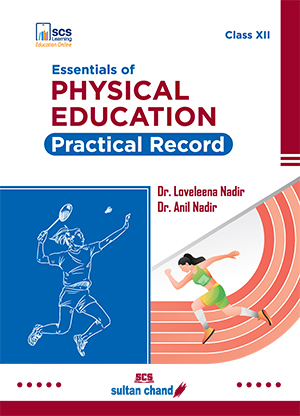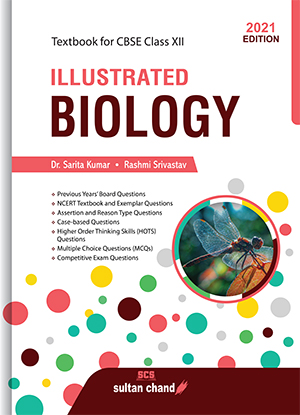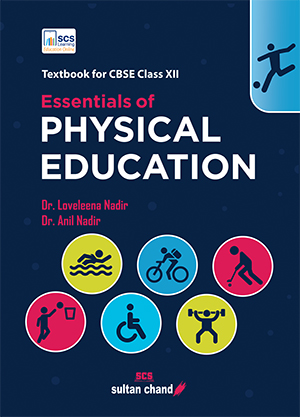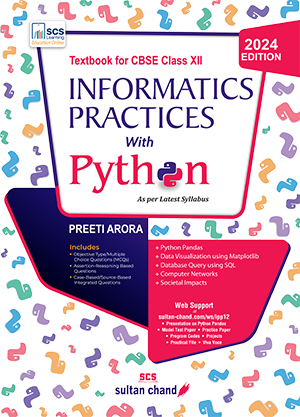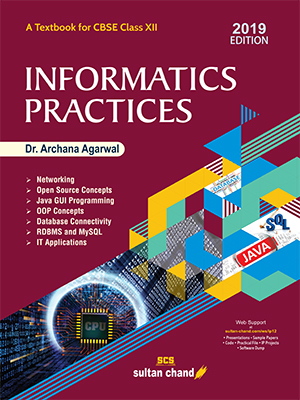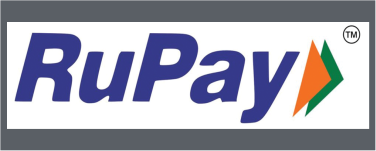Best Sellers
T.S. Grewal's Double Entry Book Keeping (Vol. II)- Accounting for Companies Textbook for CBSE Class 12 (2024-25 Examination)
T.S. Grewal's Double Entry Book Keeping (Vol. II)- Accounting for Companies Textbook for CBSE Class 12 (2024-25 Examination)
| Author:- | CA. (Dr.) G.S. Grewal, T.S. Grewal, H.S. Grewal, R.K. Khosla |
| Board:- | CBSE |
| Class:- | 12 |
| Subject:- | Accountancy |
| Language:- | English |
| ISBN:- | 9788119446216 |
Book Detail
It gives us immense pleasure to present the 52nd edition of Double Entry Book Keeping for CBSE Class XII
for the academic session 2022–23. We are extremely grateful to the teachers and students for their
continued patronage ever since its first publication in 1970.
This Volume has been prepared as per the CBSE syllabus following the treatments by the NCERT.
Questions have been included/framed on the lines of NCERT textbook.
CBSE notified the syllabus for the Academic Session 2022–23 on 21st April, 2022 wherein a few changes
have been made vis-a-vis the syllabus for 2021–22. The changes are as follows:
Chapters that have been deleted:
1. Not-for-Profit Organisations (NPOs);
2. Redemption of Debentures; and
3. Comparative and Common-size Statements.
Besides, some modifications have been made in the chapters, which are as follows:
1. Partnership Accounts—Raising and Writing Off Goodwill is included;
2. Partnership Accounts (Dissolution)—If realised value of Tangible Assets is not given, it should be
considered as realised at book value; and
If realised value of Intangible Assets is not given, it should be considered as nil (zero value).
3. Discount or Loss on Issue of Debentures is to be written off from Securities Premium Reserve (if it
exists) or from Statement of Profit & Loss as financial cost.
4. Features and Types of Companies.
5. Sweat Equity.
6. New Accounting Ratios namely Debt to Capital Employed Ratio, Fixed Assets Turnover Ratio and
Net Assets Turnover Ratio.
All the added topics or those topics whose treatment has been amended have been discussed and
included in the book under Addendum except Features and Types of Companies, Sweat Equity
and Writing Off of Discount or Loss on Issue of Debentures, which have been discussed in
respective chapters.
These discussions will be posted on the website from where they can be downloaded.
Questions from the 2020 Examinations have been incorporated as illustrations or as practical questions.
Evaluation Questions too have been included in chapter-end exercises under a separate heading. Fresh
illustrations and questions have been incorporated in the exercises. Similarly, a variety of new questions
have been incorporated as Very Short Answer and Short Answer Questions. Theory has been made more
concise, readable and easy to understand.
In accordance with the changed Examination pattern, a large number of MCQs and Case-based/Source-based
Integrated Questions have been incorporated as a collage at the end of the book.
Scannable technology has been used in the book to provide additional material. It can be accessed by
scanning the relevant QR Code. This has not only helped in containing the volume of the book but also
in keeping the price in check.
We are confident that this book will enhance students’ knowledge and also present numerous opportunities
for its application in practical situations. Salient Features of the book are:
Class-tested and well-graded material
Simple and lucid textual flow
Necessary content to impart a sound theoretical and conceptual base
A large number of illustrations for easy and better understanding of the subject
Multiple Choice Questions, Very Short Answer and Short Answer Questions
Additional Illustrations and Questions given in QR Codes for practice
Case-based/Source-based Integrated Questions
Accounting process and entries explained with the help of Flow Chart given in QR Code in each chapter
Evaluation Questions in each chapter
Pane 2 Content
and so on ...
-
No Review Yet.


